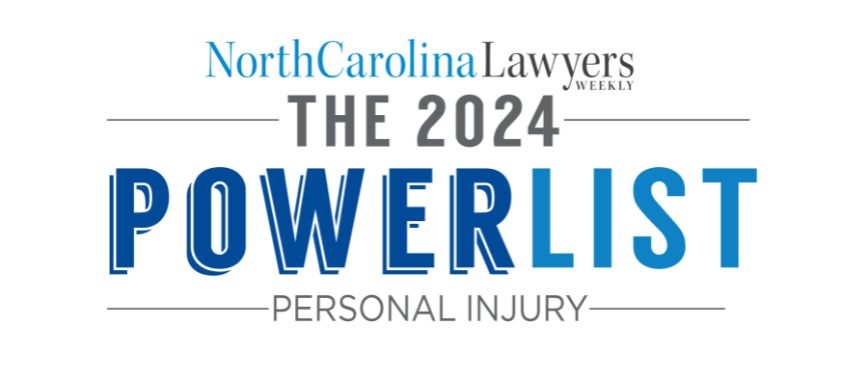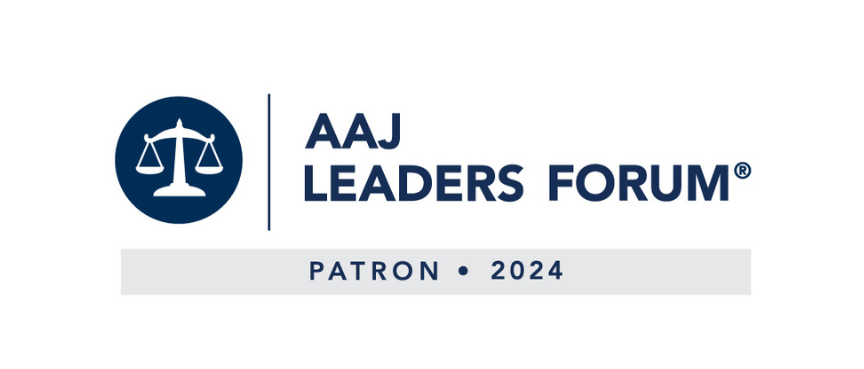A “blind spot” is any area around a car or truck that the driver can’t see directly while they’re at the wheel. These exist in a wide range of vehicles, including passenger cars, vans, and trucks. Certain types of vehicles have little to no blind spots at all, such as motorcycles. Commercial truck blind spots can be larger than those for passenger cars.
When driving, blind spots can be eliminated or reduced through the use of mirrors, or by turning one’s head over the shoulder to view the area directly. Steps like these are crucial for preventing accidents when turning and changing lanes. However, tractor-trailer blind spots issues still frequently cause major accidents and injuries every day.
Why Do Trucks Have Such Large Blind Spots?
Trucks have larger and more numerous blind spots than passenger vehicles. This is due to several factors, including the length and height of the truck and lack of a rear-view mirror.
- Due to the length of tractor-trailers – usually between 70 and 80 feet, with triple trailers up to 105 feet long – drivers have minimal visibility on both sides of the truck and in the back and front.
- The height of a truck would seem to be an advantage, but because the height difference is so drastic a truck driver may not be able to see a low-riding car. Being so high up also limits the truck driver’s view of what is close in front of the truck.
- Trucks do not have rear-view mirrors. Due to the height of the trailer behind a truck, a rear-view mirror would not display any traffic. Truckers must rely on only two side mirrors to see where other vehicles are.
What Blind Spots On Trucks Called?
In the trucking industry, a large blind spot is often referred to as a “No-Zone.” According to the Federal Motor Carrier Safety Administration (FMCSA), No-Zones are areas where cars “disappear” from the view of the truck or bus driver; these places are where crashes are most likely to occur. In 1994, the FMCSA introduced the No-Zone program to inform the public on sharing the road with trucks and buses.
More than 80 percent of accidents involving a truck are the fault of the non-commercial driver. Failure to properly check blind spots to the best of their ability is a common factor in many commercial truck accidents. Improperly or negligently setting mirrors or cameras is another contributing element in crashes. In other cases, inadequate training can cause blind spot accidents as well.
How to Avoid Blind Spots
The No-Zone program and the American Trucking Association (ATA) offer the following advice to drivers of passenger vehicles:
- Do not cut in front of trucks or buses. Large commercial vehicles need much more space to stop, and cutting in front of them may not afford them enough time or space to brake. Make sure you can see the whole front end of the truck before pulling back into the lane in front of it.
- Do not linger along the side of a truck. If you find yourself next to a truck, quickly and safely pass the vehicle, or back off so the driver can see you. A good indication of whether you’re out of the blind spot is if you can see the driver’s face in his/her side mirror.
- Pass on the left, when possible. Due to the position of the truck driver in the cab, there is a significant semi-truck blind spot on the left side. On the right side, the blind spot runs the length of the truck and extends out three lanes.
- Stay back – give trucks at least a four-second following distance (this is around 20 to 25 car lengths). Truck drivers cannot see anything close behind the truck, so if you follow too closely, the driver won’t be aware you’re there. When the trucker isn’t aware of your position and makes a sudden stop or maneuver, you may rear-end the truck. Additionally, trucks create a lot of wind pressure, which can be dangerous for cars. If you cannot see both mirrors when you are following a truck, then you are too close.
- More information is also available at the Federal Motor Carrier Safety Administration website.
Representation for Tractor-Trailer Collisions
If you’ve suffered an injury of any sort from a North Carolina tractor-trailer collision caused by another driver’s negligence, you are entitled to compensation for the damages you’ve incurred. Maginnis Law’s lead personal injury attorney, T. Shawn Howard is experienced in handling complex cases including those involving victims who have suffered injuries due to the negligence of a North Carolina driver tractor-trailer driver.
We handle personal injury cases on a contingency basis, meaning you don’t pay unless we win. You can contact us at 919.526.0450 or send a message through a contact page.





